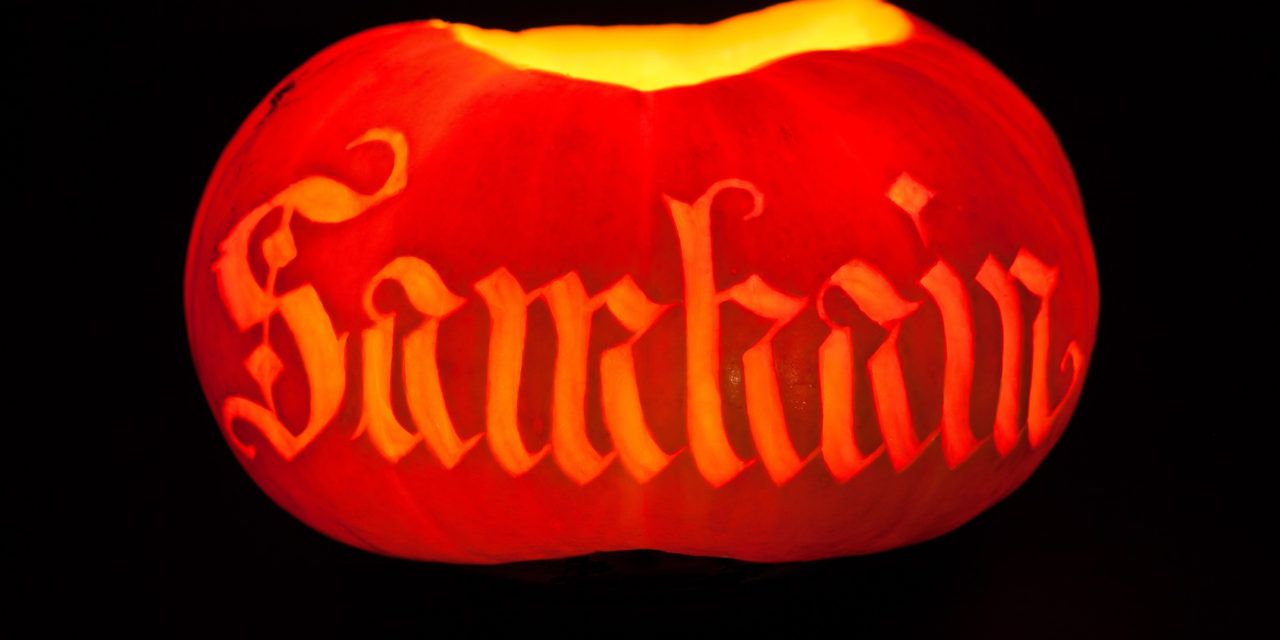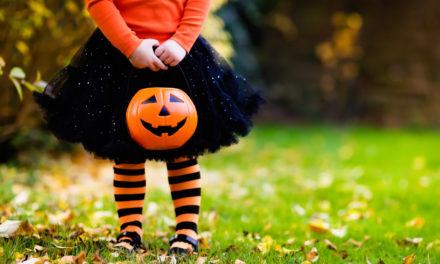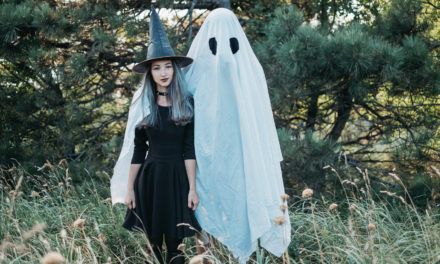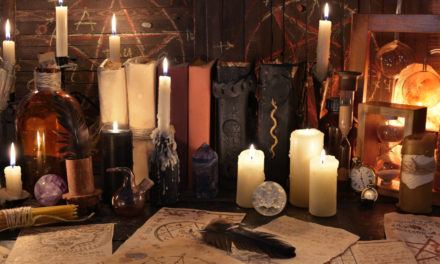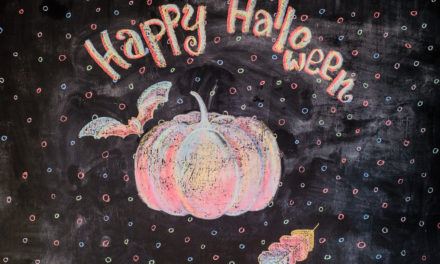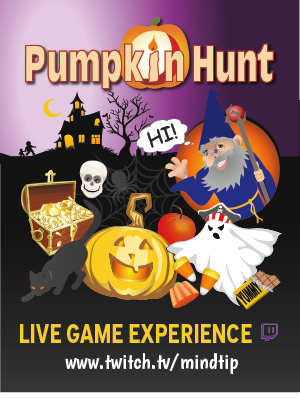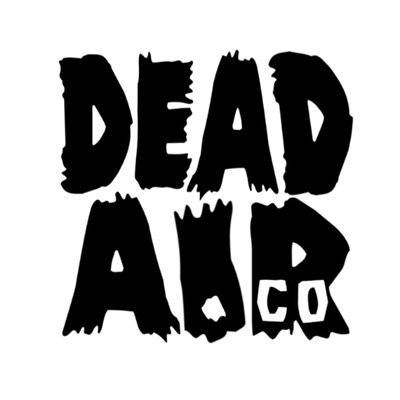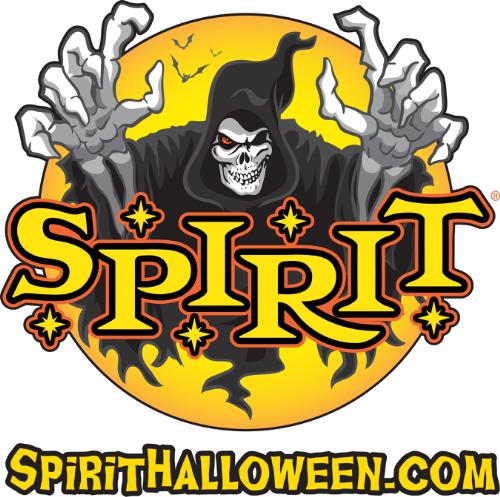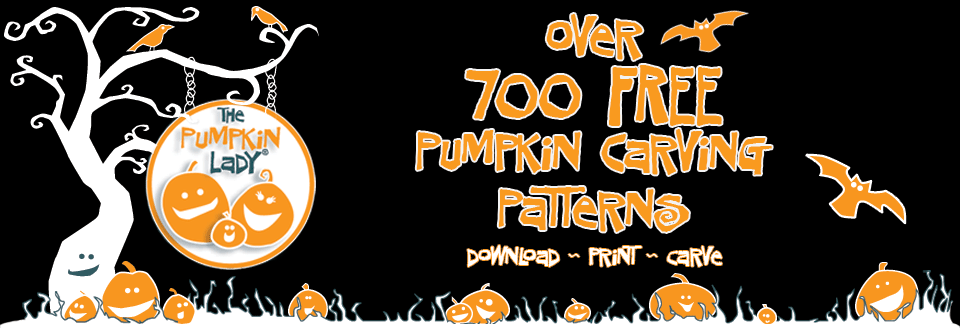Halloween is a holiday that can be a lot of fun, celebrated with candy, parties, and costumes, but where did it come from? Like many holidays in the United States, Halloween comes from imported immigrant traditions. For those of you who are big fans of this holiday, let’s trace the rise of Halloween from its roots in religious rituals to the modern party holiday that it’s become.
Samhain
The origins of Halloween come from Ireland and Scotland, with the Celtic holiday of Samhain, which was celebrated on October 31. Representing the end of the growing season and the start of the winter, part of the Samhain celebration was practical; it was the time when grain and livestock were examined, and animals slaughtered as needed to ensure that the livestock as a whole wouldn’t starve through the winter. Feasting often occurred at this time, and in some ways, this might seem similar to the American Thanksgiving.
Because this time was viewed as the change of the seasons, however, this was also viewed as a time when spirits could be communicated with, so it was also considered a time to honor the dead, as well as a time for making predictions. Eventually, the Catholic Church moved its All Saints’ Day to November 1 to replace this tradition with their own.
Move To America
Despite the efforts of the Catholic Church to replace the holiday with religious celebrations, the Irish continued to celebrate their holiday in their own way, eventually importing it to the United States in the 1800s. It took time for Halloween to catch on in the United States, as the country was still moving away from Puritan traditions of not celebrating holidays. In fact, the popular Halloween fixture, the jack-o’-lantern, wasn’t a part of Halloween until the 1860s, though there was previously a tradition of carving vegetables like turnips into lanterns in Ireland and Britain. In early celebrations, Halloween was most often celebrated by pranks and by games such as bobbing for apples.
Modern Celebrations
Many of our Halloween traditions didn’t start until the 1900s, with costumes only gaining in popularity in the first half of the century; mass-produced Halloween costumes didn’t appear in stores until the 1930s. Similarly, our tradition of trick-or-treating didn’t start until the 1950s. However, the holiday seems to be here to stay, with Halloween existing as one of the most profitable holidays for stores. This holiday, which came from Pagan culture has developed into a secular and profitable fall celebration in the United States.

